
Portugal is often associated with its sun-drenched beaches, lively cities like Lisbon or Porto, or the gentle charm of the Algarve. And yet, in the northeast of the country, lies a region still little-known to most travellers: Trás-os-Montes. It’s here that you’ll find the Montesinho Natural Park, a vast protected area of over 75,000 hectares, created in 1979, and one of the largest in Portugal. Here, nature reigns supreme… yet coexists peacefully with traditional villages and locals who preserve an authentic rural way of life. It’s a unique destination for anyone wishing to discover a wilder, more genuine Portugal, and one that feels a little outside of time… in short, a breath of fresh air far from the crowds, just what we all need !
A haven of unspoiled nature
Montesinho Natural Park immediately captivates visitors with the richness and diversity of its landscapes. Granite mountains, deep valleys, dense forests, crystal-clear rivers, meadows scattered with wildflowers… the biodiversity here is exceptional! The Iberian wolf, the park’s emblematic species, still finds refuge in these lands. You can also spot deer, roe deer, wild boar, foxes, and numerous birds of prey such as the golden eagle or even the elusive black stork, one of the park’s local stars that few visitors are lucky enough to glimpse.
The flora is dominated by chestnut trees (those iconic symbols of the region), as well as oaks, pines, and Mediterranean shrubs. In spring, the hills turn yellow with broom flowers and wild blossoms; in autumn, the forests blaze with the warm tones of chestnut leaves. A spectacle that almost makes you forget your phone (almost).
Picturesque villages and living traditions
What sets Montesinho apart from other parks is the presence of living villages right at its heart. The most famous is undoubtedly Rio de Onor, located on the border with Spain ! In this village, certain ancestral community practices still endure, such as the sharing of farmland and livestock. This solidarity system, rare in Europe, fascinates travellers in search of authenticity.
The stone houses and narrow alleyways enhance the feeling of stepping back in time… The village of Montesinho, which gave its name to the park, is also a must-see ! Guadramil, Moimenta, or Vilarinho de Cova de Lua are equally worth a visit, especially if you love places where time seems to stand still and where the neighbour greets you before even knowing who you are.
The locals, known for their warm hospitality, often invite visitors to share a glass of wine, a bowl of soup, or a slice of local cheese. (And trust me, refusing would be a serious diplomatic mistake !)

©pnmGeralVilanova
Hiking and outdoor activities
Montesinho is a true paradise for nature and hiking lovers ; there are numerous marked trails that reveal the park’s diverse landscapes. The circular Montesinho trail is ideal for a first immersion, combining forests, rivers, and villages. Then there’s the Chestnut Route, especially beautiful in autumn when the forest bursts into colour and the local chestnut festivals come alive.
Birdwatching enthusiasts will also be delighted by the dedicated observation routes. Some excursions even offer night tours to try to spot the Iberian wolf, though beware, it’s as elusive as a mountain ghost.
Cycling and mountain biking fans will find plenty of trails suited to all levels. And in summer, the rivers offer perfect spots for swimming or fishing in a pristine natural setting. (A nap in the shade afterwards is highly recommended.)
Gastronomy and local flavours
You can’t talk about Montesinho without mentioning its generous, authentic cuisine, the Trás-os-Montes region is famous for it! Among the local specialties, you’ll find alheira de Mirandela (a smoked sausage often grilled), cabrito assado (oven-roasted goat), or posta mirandesa (a grilled beef steak renowned for its tenderness).
Chestnut honey, sheep’s cheese, and olive oil complete the region’s flavours. And let’s be honest: leaving without tasting everything is practically a culinary crime. The wines of Trás-os-Montes, less known than those from the Douro, charm visitors with their strong character and artisanal production.
Accommodation and rural tourism
To truly enjoy the park, there’s nothing better than staying on site! Accommodation options are varied and allow for total immersion: in the village of Montesinho, A Lagosta Perdida is a welcoming guesthouse that receives visitors like friends; in Rio de Onor, Casa do Rio offers an intimate riverside setting… And for those who prefer more modern comfort, Pousada de Bragança, perched on the heights of the city, provides a spectacular panoramic view of the surrounding countryside!
Numerous rural cottages and traditional houses also offer the chance to experience local life. A simple, genuine experience, often accompanied by a glass of port by the fireplace.
Handicrafts and local products
Montesinho is also a region rich in artisanal craftsmanship: in local markets, you’ll find pottery, wooden objects, traditional textiles, and handmade jewellery. You can buy directly from the artisans, a wonderful way to support the local economy and take home a unique souvenir (or several, if you’re like me and can never resist leaving with too many bags !).
Some must-try items : chestnut honey, homemade jams, and cold-pressed olive oil. (Tip : save a little space in your suitcase, you’ll definitely want to bring some back!)
Exclusive experiences and practical tips
Montesinho Natural Park is less visited than other Portuguese destinations, guaranteeing a more intimate and exclusive experience. To make the most of it, plan at least two to three days on site.
The park is accessible by car from Porto (around 3 hours) or from Vigo, Spain (2 hours). Spring and autumn are the best seasons, with pleasant temperatures and spectacular scenery. Summer, though warmer, is perfect for enjoying the rivers; winter, colder, sometimes transforms the park into a magical snow-covered landscape.
Bring comfortable walking shoes, suitable clothing, and protection from the sun or cold depending on the season. Since some villages are remote, it’s wise to bring supplies and fill up your tank before venturing too far. (Yes, yes, here the GPS doesn’t always have the final say, true story !)
A sustainable and responsible destination
Montesinho Natural Park promotes sustainable tourism. Local authorities and residents work hard to preserve fragile ecosystems and pass down their traditions. Visitors are therefore encouraged to stay on marked trails, minimize their environmental impact, and support local accommodation and restaurants. It’s simple: travelling here is already an act of respect.
Discovering Montesinho Natural Park means diving into a different Portugal, far from beach clichés and tourist circuits. It’s an invitation to slow down, reconnect with nature, and immerse yourself in living traditions. Between hiking, gastronomy, crafts, and warm encounters, every moment spent in this park offers a unique and unforgettable experience. And if you still need a reason to go: here, even silence has personality.
Share this article
Suggested articles
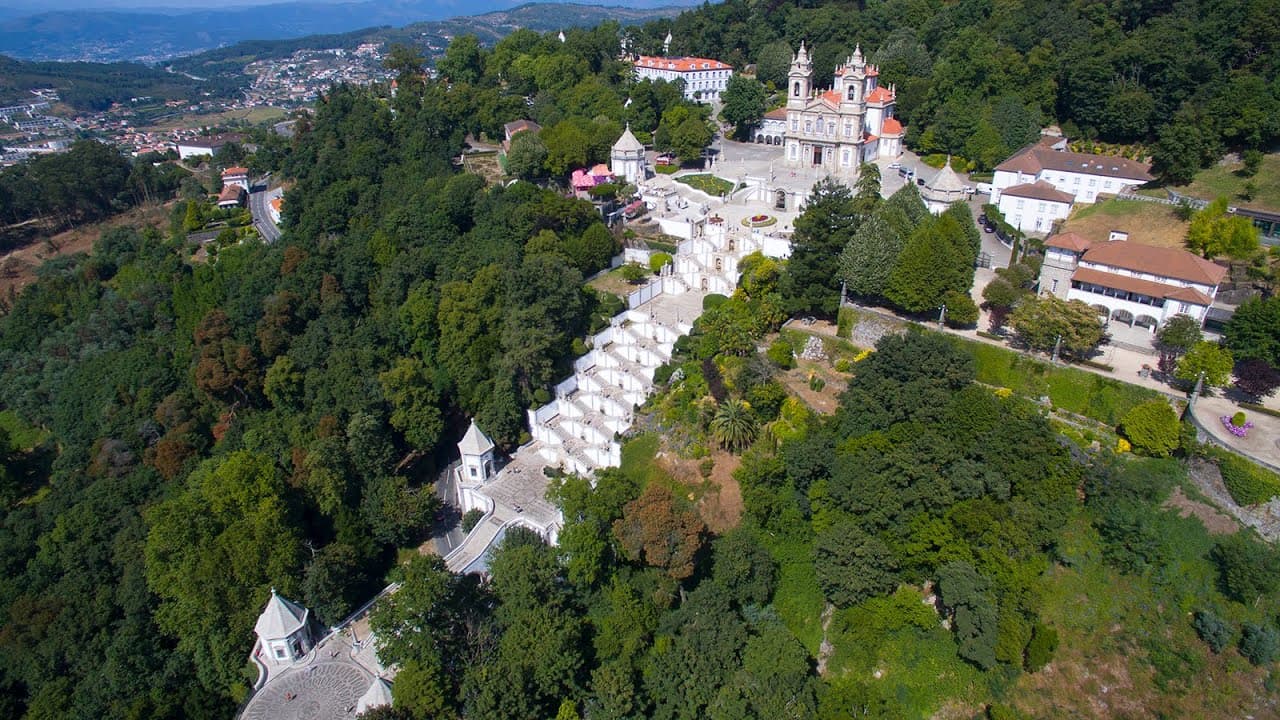
Sanctuary of Bom Jesus do Monte
Perched high above Braga, in the parish of Tenões, the Sanctuary of Bom Jesus do Monte is a place where devotion, spectacular architecture, and breathtaking views come together! This iconic site of northern Portugal has been recognised as a UNESCO World Heritage site since 2019. We’ll guide you through all the practical details, local anecdotes, and insider tips to make the most of your visit.

Natural Park of Serras de Aire and Candeeiros, between caves and dinosaurs
Imagine yourself walking along winding trails, surrounded by towering limestone formations, listening to the birds singing and the murmuring of streams… pleasant, isn’t it ?
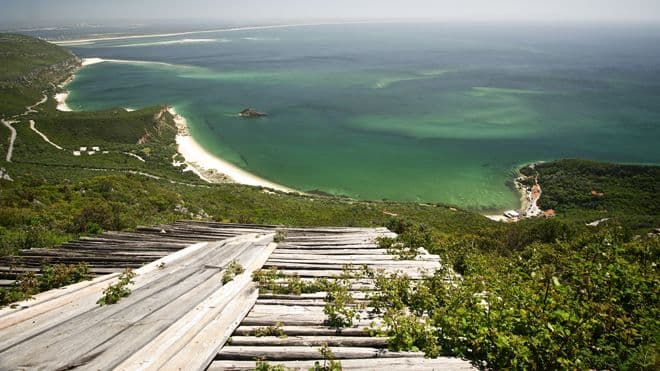
Arrábida Natural Park, between sea and mountain
This magnificent natural park, located on the southern coast of Lisbon, is a true gem of Portugal. Stretching over nearly 10,000 hectares, it combines lush green mountains and crystal-clear beaches, offering a unique panorama where the sea quite literally embraces the hills. Whether you’re a nature lover, a hiking enthusiast, or simply looking for a peaceful (and inspiring) place to escape, Arrábida is THE must-see destination. Composed of spectacular landscapes and history, this natural park is a true concentration of biodiversity that attracts visitors from Portugal and beyond every year !
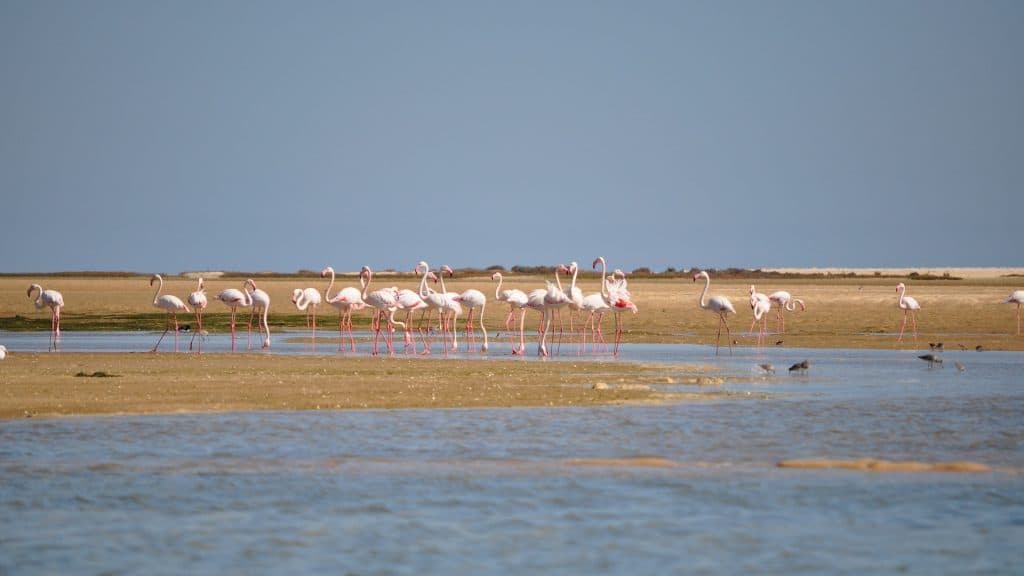
Ria Formosa Natural Park, the paradise of migratory birds
Ria Formosa Natural Park, located in the south of Portugal (in the Algarve region), is an exceptional sanctuary for migratory birds. Covering around 18,400 hectares of lagoons, salt marshes, barrier islands and coastal dunes, it’s a true natural patchwork where land and sea intertwine as far as the eye can see. This park offers an ideal habitat for hundreds of species.
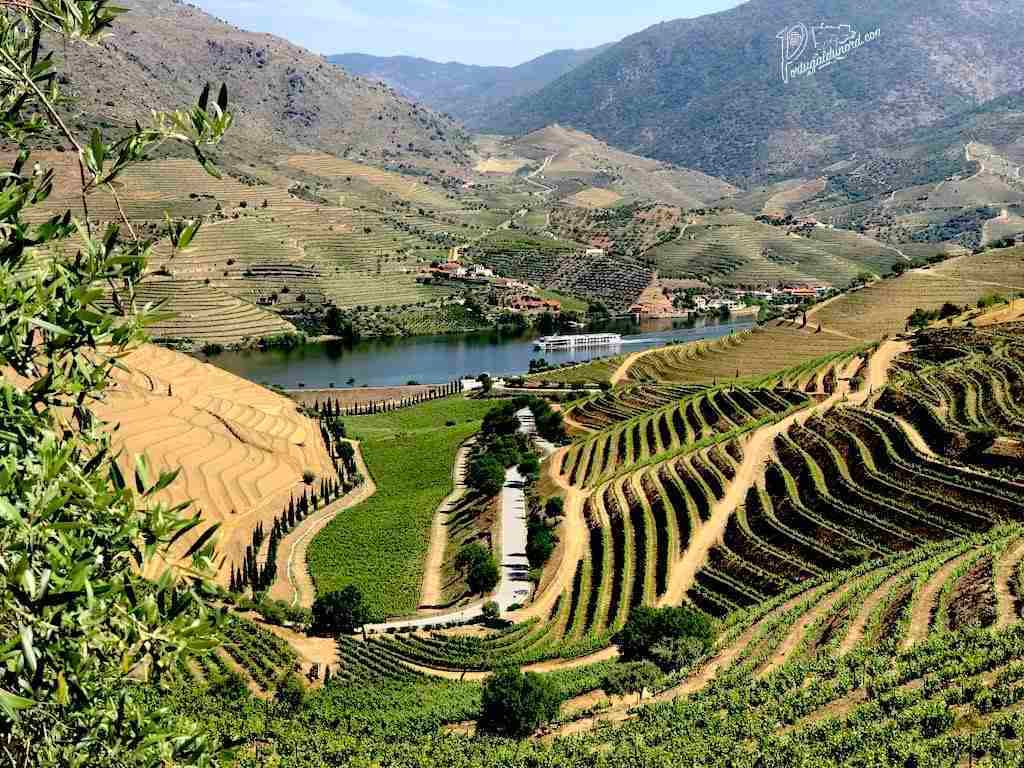
Douro International Natural Park, the Wild Frontier
In the northeast of Portugal, where the River Douro draws a natural border with Spain, lies one of the country’s most breathtaking natural parks : the Douro International Natural Park. Created in 1998, this protected area covers nearly 85,000 hectares and follows the course of the Douro for over a hundred kilometres. Still little-known among travellers, it remains an authentic destination where wild nature blends seamlessly with the age-old traditions of the border villages, a place so peaceful you’ll feel time itself has slowed down.
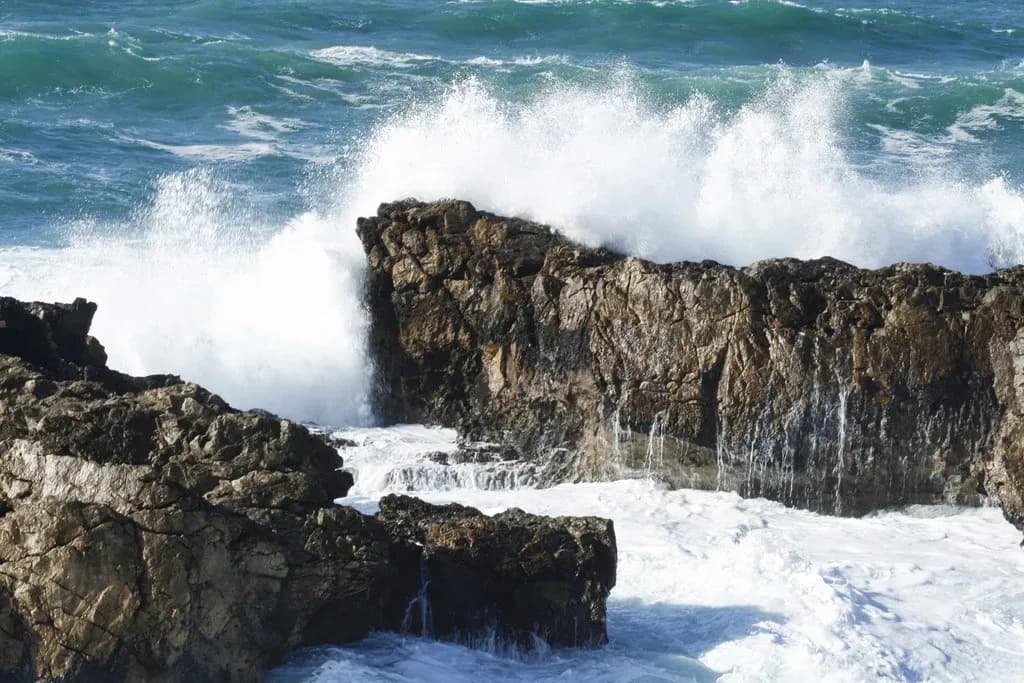
Sintra-Cascais Natural Park, between magical forest and cliffs
Located about 30 km from Lisbon, the Sintra-Cascais Natural Park is a true invitation to escape. Classified as a natural park since 1994, it stretches over around 14,500 hectares and offers a great variety of landscapes: mountains, lush forests, wild beaches and dizzying cliffs. It’s a place where nature and history seem to have made a pact… between fairytale palaces and the salty breath of the Atlantic.


